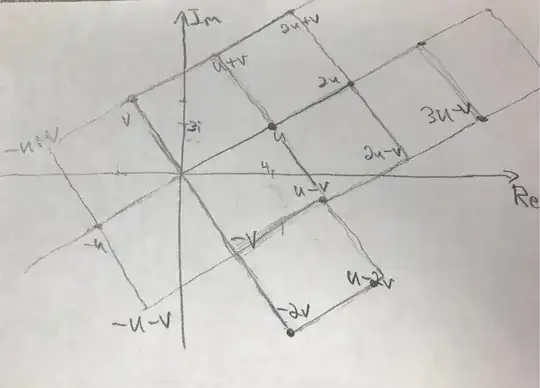These algebraic answers are great, but I think there's also something to be said for seeing what's happening here. The ideal generated by $4+3i$ consists of all multiples of $4+3i$ by Gaussian integers, i.e., by $a+bi$, where $a,b\in\mathbb{Z}$. We rewrite the product: $$\begin{align}(4+3i)(a+bi) &=a[4+3i] + b[(4+3i)i] \\ &= a[4+3i] + b[-3+4i] \end{align}$$
So, elements of this ideal are just integer combinations (like "5 of this, and -2 of that") of the two complex numbers $u=4+3i$ and $v=-3+4i$. These numbers form a square grid in the complex plane; in fact, this is what all ideals in $\mathbb{Z}[i]$ look like.
If you look at this grid, you can ask the geometric question: What is the first grid point that falls on the positive real line? Since each step in the "$u$ direction" gives us $3i$, and each step in the "$v$ direction" gives us $4i$, they'll cancel when you have the coefficients: $$4u-3v = 4(4+3i) -3(-3-4i) = (16+12i)-(-9+12i) = 25$$.

Algebraically, we're really thinking of $\mathbb{Z}$ as a rank-2 $\mathbb{Z}$-module, and looking at an ideal as a submodule, also with rank 2. That's why its picture is a grid that is similar to the regular grid that includes all points with integer coordinates. In some rings, such as $\mathbb{Z}[\sqrt{-6}]$, there are actually different "shapes" of ideals available, but in $\mathbb{Z}[i]$, they're all the same.
